From Mild to Wild: Exploring Asian Chillies with 7 Sizzling Tips
Table of Contents
- Introduction: The Heat That Binds Asia
- Types of Asian Chillies: A Visual Guide
- Spice Level Showdown: Scoville Scale Comparison
- 7 Spicy Survival Tips for Chilli Lovers
- How Asian Cuisines Use Their Signature Chillies
- Chilli Myths Debunked: Fact vs Fiction
- Want to Grow Your Own? A Mini-Guide to Home Chilli Gardening
- Conclusion: The Future is Flaming Hot!
Introduction: The Heat That Binds Asia
When it comes to spice, Asia has been setting the bar high long before Sriracha became a household name. From the blistering ghost pepper of India to the smoky chipotle-inspired Korean gochugaru, each region brings its own personality to the plate—literally.
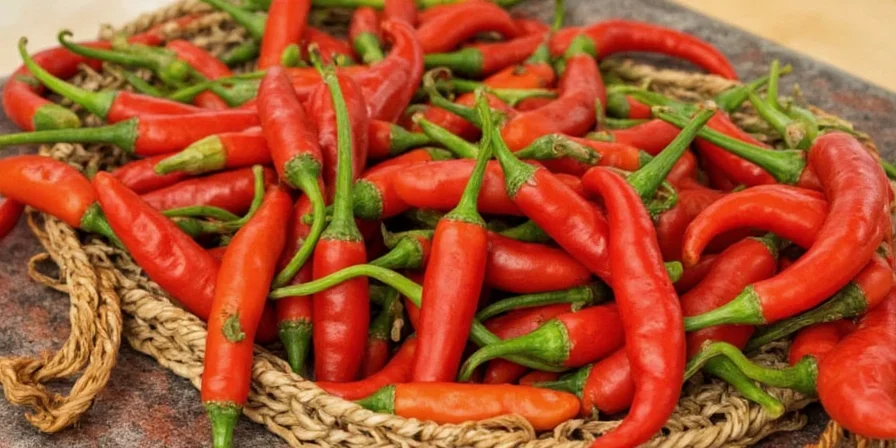
Types of Asian Chillies: A Visual Guide
Let’s take a visual tour through some of the most iconic Asian chillies. Here’s a quick overview:
| Name | Region | Color | Flavor Profile |
|---|---|---|---|
| Serrano Pepper | Mexico (popular in SE Asia) | Green, Red, Orange | Crisp, bright, grassy |
| Thai Bird’s Eye Chilli | Thailand | Bright red or green | Fiery, sharp, citrusy |
| Korean Gochugaru | Korea | Red | Smoky, sweet, slightly fruity |
| Indonesian Cabe Rawit | Indonesia | Green or red | Explosively hot, earthy |
| Indian Bhut Jolokia (Ghost Pepper) | India | Red | Intense, lingering heat, smoky |
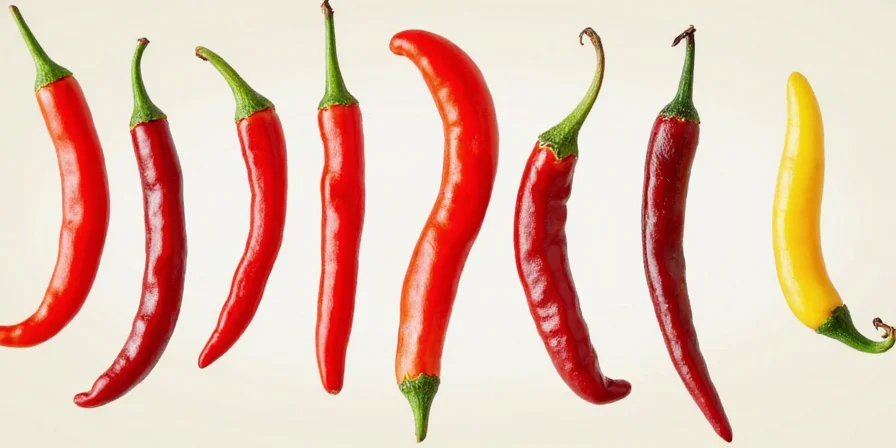
Spice Level Showdown: Scoville Scale Comparison
If you’re new to the game or just want to know how many fire extinguishers to keep nearby, here’s a handy comparison chart based on Scoville Heat Units (SHU):
| Pepper Name | Scoville Range | Common Use Case |
|---|---|---|
| Green Bell Pepper | 0 SHU | Stuffed, roasted, salads |
| Thai Bird’s Eye | 50,000–100,000 SHU | Pastas, curries, stir-fries |
| Indonesian Cabe Rawit | 50,000–100,000 SHU | Sambals, sauces, grilled dishes |
| Indian Bhut Jolokia | 1,000,000+ SHU | Curries, marinades, experimental cuisine |
| Korean Gochugaru | 4,000–10,000 SHU | Kimchi, stews, gochujang paste |
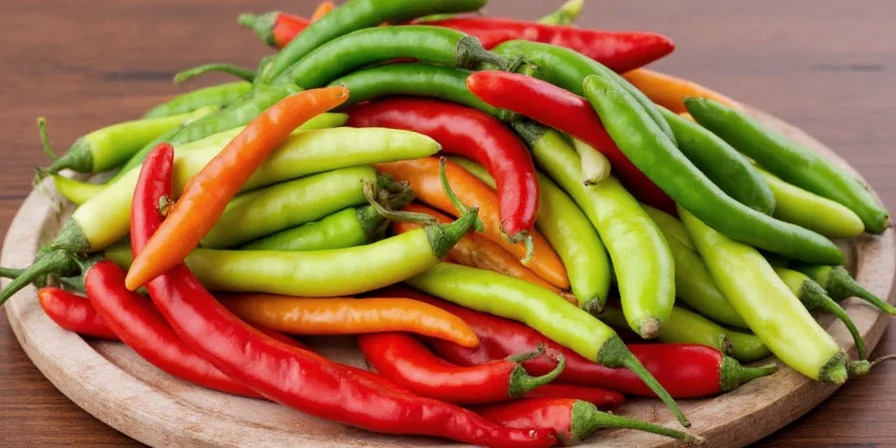
7 Spicy Survival Tips for Chilli Lovers
- Start Low and Go Slow: Don’t dive headfirst into ghost pepper territory unless you’ve trained your taste buds like elite soldiers.
- Seeds = Heat: Remove the seeds if you want flavor without the inferno. Most of the capsaicin lives there.
- Milk > Water: Capsaicin hates fat! Milk, yogurt, or even coconut milk are far better at dousing the fire than water.
- Toast It First: Toast dried chillies gently before grinding or adding to broths to unlock deeper flavors.
- Balance With Sweet: Sugar, honey, or palm sugar can mellow out excessive heat while keeping flavor dynamic.
- Wear Gloves: Unless you enjoy burning your fingertips hours after chopping peppers, always wear gloves when handling fresh chillies.
- Pair With Acid: Lemon, lime, tamarind, or vinegar add brightness and help balance intense heat levels.
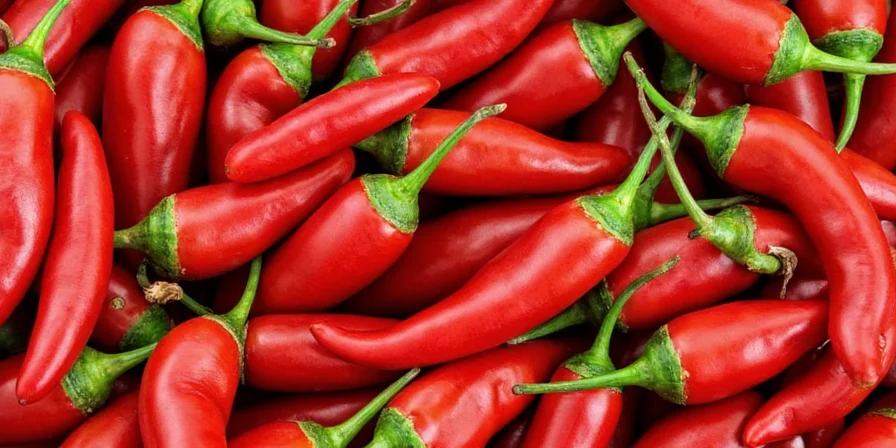
How Asian Cuisines Use Their Signature Chillies
Each culture has mastered the art of chili integration:
- Thai Cuisine: Think Tom Yum soup, green curry, and som tam papaya salad. Thai bird’s eye chilli is often pounded raw into pastes.
- Korean Cuisine: Kimchi wouldn’t be kimchi without gochugaru. The powder lends both color and moderate heat to dishes like bibimbap and tteokbokki.
- Indian Cuisine: Whether it’s Kashmiri red chili for vibrant color or bhut jolokia for face-melting masala dosa, Indian spices know no bounds.
- Malay/Indonesian: Cabe rawit rules sambal oelek and rendang spice blends. Often used whole or finely chopped in relishes.
- Vietnamese: Chili sauce (tương ớt) and fresh sliced bird’s eye peppers are commonly paired with pho, vermicelli bowls, and fried spring rolls.
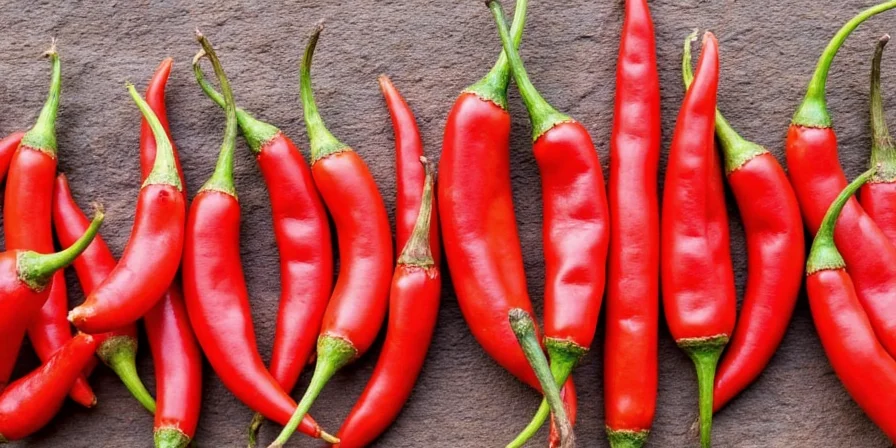
Chilli Myths Debunked: Fact vs Fiction
Time to separate truth from fiery fiction:
- Myth: Spicy food causes ulcers.
Fact: Nope! In fact, capsaicin may protect the stomach lining by reducing acid production. - Myth: Eating chillies can kill you.
Fact: Technically possible (extremely high doses), but highly unlikely under normal circumstances. Still, moderation is key. - Myth: You can build immunity to spiciness forever.
Fact: You can definitely desensitize your tongue temporarily—but those first few bites will still hit hard again next time. - Myth: All hot peppers taste the same.
Fact: Big lie! Each variety brings unique flavor notes—smoky, citrusy, sweet, floral—you just have to slow down enough to notice them.
Want to Grow Your Own? A Mini-Guide to Home Chilli Gardening
Yes, you too can grow your own supply! Here's how:
- Soil: Well-draining potting mix rich in organic matter.
- Sunlight: At least 6 hours daily. Chillies love sunbathing.
- Watering: Keep soil consistently moist but not soggy.
- Climate: Warm weather lovers. Ideal temps: 21–30°C (70–85°F).
- Harvest: Pick when fully colored—green peppers are unripe and less intense.

Conclusion: The Future is Flaming Hot!
Asian chillies aren’t just ingredients—they’re flavor bombs, cultural signatures, and culinary warriors that redefine what we think about spice. Whether you're simmering a Thai curry or pickling Korean gochugaru into your homemade kimchi, remember: the heat is part of the heritage.
So go ahead, embrace the burn—and let your taste buds travel across continents one searing bite at a time.

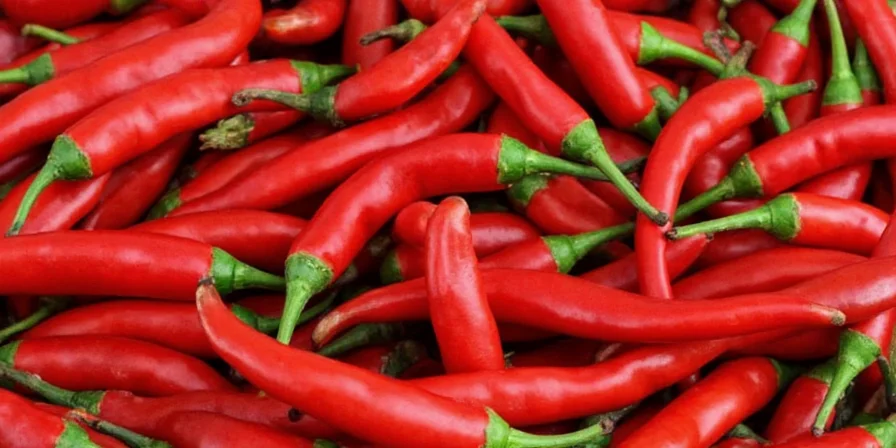









 浙公网安备
33010002000092号
浙公网安备
33010002000092号 浙B2-20120091-4
浙B2-20120091-4